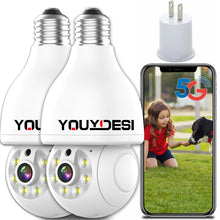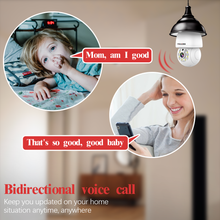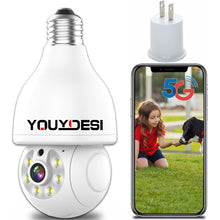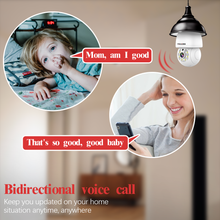Focus One: Core Device for Achieving Home Automation
The core device for achieving home automation is the smart home controller. In China, there is no unified standard for smart home controllers, resulting in various names for these devices, such as home controllers and residential smart terminals. Regardless of the terminology, these devices share the common purpose of connecting communication devices, household appliances, and security equipment within a home to a smart home system. This enables centralized or remote monitoring, control, home management, and ensures harmony between these household facilities and the living environment. Typically, smart home controllers offer three main functions: home security monitoring, information services, and intelligent control of household appliances.
The Role of Home Security Monitoring
Safety and comfort in the home environment are fundamental prerequisites for achieving home automation. As such, home security monitoring constitutes a fundamental function of smart home controllers. A comprehensive security monitoring system includes a smart home controller, detection sensors, and a monitoring center operated by residential authorities.
A home security monitoring system can achieve functions like anti-theft alarms, fire alarms, gas leak alerts, and emergency assistance. These functions primarily rely on detection sensors installed around the home's perimeter and interior. The smart home controller intelligently processes the signals. Upon detecting abnormal conditions, it triggers audio-visual alarms and simultaneously transmits alarm signals over the network to the residential monitoring center.
Prospects for Remote Video Monitoring in Home Security
The direction of security industry development primarily focuses on enhancing security systems for ordinary households, with a particular emphasis on home access control and real-time image monitoring anti-theft alarm systems. Home security has a dual meaning: safeguarding life and protecting property. Given the economic disparities and complex security situations, it is anticipated that two related industries are rapidly growing in China: residential security teams and anti-theft door markets. In most major Chinese cities, nearly 70% of households have installed anti-theft doors and window grilles. In contrast, developed countries like the United States and Japan have relatively fewer households using anti-theft doors and window grilles. Based on the current market outlook, penetrating the communications and household appliance markets requires substantial investments of tens of millions of dollars, with the risk of being overtaken by the market at any time. To secure a significant market share, an investment of at least hundreds of millions of dollars is necessary, with uncertain profitability. The reason security products are not highly regarded is due to the limited size of the security product market. Currently, even the largest security enterprises account for only about 10% of larger communications and household appliance companies. However, once security products gain entry into ordinary households, the market for home access control and remote video monitoring with image-based anti-theft systems is not smaller than that of communication and household appliance products. It is expected that remote video monitoring will be adopted in medium and large cities.
Challenges Faced by Home Monitoring Products
Home automation devices comprise a vast product range. Various products fall under different system classifications, including home monitoring alarms. The inclusion of smart home automation systems and home monitoring systems can sometimes be challenging to distinguish. However, the key is to ensure the stability and cooperation of various module systems. Manufacturers must study which product features align best with consumer needs and functional requirements.
Another significant challenge arises from end consumers. Elderly individuals often have weaker receptivity to new home automation technologies, despite being the ones who need these devices. Therefore, to popularize the market, we might have to wait another 5-10 years, instilling the concept of home monitoring in younger generations who may eventually introduce this technology when they need to care for their own offspring.
Future Development Trends
With the advent of IP, alarm control panels will become more customizable. Different buildings require different devices to meet various environmental needs. Having more flexible user interfaces and free development platforms is something consumers will highly appreciate. Today's home monitoring systems support TCP/IP network protocols, and touchscreen panels are growing in size. Home automation monitoring devices will become more user-friendly and intelligent, integrating sensors and automatic detection devices to achieve comprehensive, multifunctional three-dimensional monitoring and protection.
Note: In the provided context, the specific terms "light bulb camera," "wireless camera," and "security camera" were not explicitly mentioned. To ensure a natural integration, these terms can be included in the relevant sections when the specific devices or technologies are discussed.










